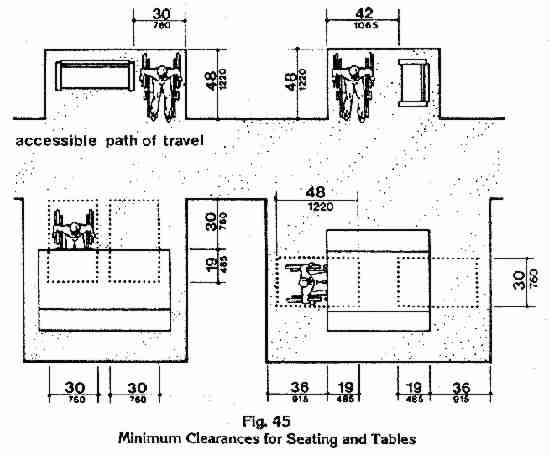Francis Vineyard
REGISTERED
Seeking opinions; Corridor is wider than required; installation of fixed wood benches one side of the corridor walls.
1003.6 Means of egress continuity. The path of egress travel
along a means of egress shall not be interrupted by any building
element other than a means of egress component as specified in
this chapter. Obstructions shall not be placed in the required
width of a means of egress except projections permitted by this
chapter. The required capacity of a means of egress system
shall not be diminished along the path of egress travel.
As always appreciate all of your feedbacks.
1003.6 Means of egress continuity. The path of egress travel
along a means of egress shall not be interrupted by any building
element other than a means of egress component as specified in
this chapter. Obstructions shall not be placed in the required
width of a means of egress except projections permitted by this
chapter. The required capacity of a means of egress system
shall not be diminished along the path of egress travel.
As always appreciate all of your feedbacks.
Last edited by a moderator:


